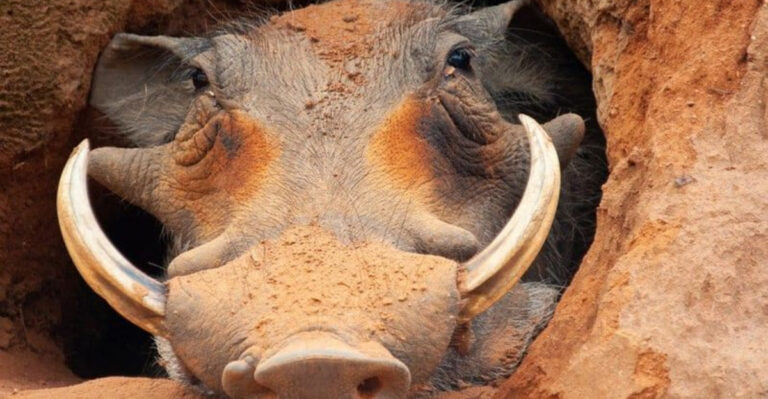Scientists Revive Ancient Worm That Lived 46,000 Years Ago

Scientists made an incredible discovery that sounds like science fiction – they brought back to life a tiny worm that was frozen for 46,000 years! This amazing creature was found deep in the Arctic permafrost, where it had been trapped since the Ice Age.
The worm’s remarkable survival and revival are teaching us new things about life’s toughness and opening doors to exciting possibilities in science and medicine.
A Tiny Worm Survived 46,000 Years Trapped In Arctic Permafrost
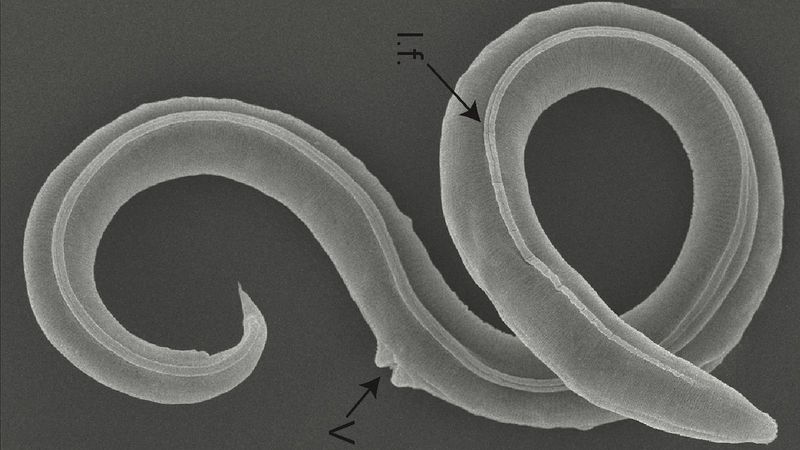
Imagine falling asleep during the Ice Age and waking up today! That’s basically what happened to this microscopic worm. Scientists found it frozen in the Siberian permafrost, where it had been since woolly mammoths roamed the Earth.
The worm, a nematode species, remained perfectly preserved in its icy tomb. Most creatures would die from the formation of ice crystals in their cells, but this little survivor had special adaptations.
What makes this discovery mind-blowing is that the worm didn’t just survive being frozen – it actually came back to life when thawed under laboratory conditions, moving and even eating again after thousands of years.
Scientists Revived The Ancient Worm After It Was Found 37 Meters Deep
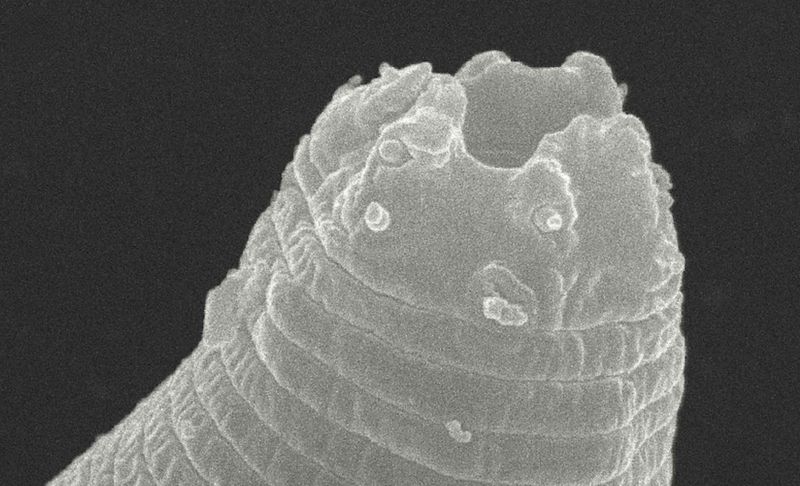
Buried under 37 meters (about 121 feet) of frozen ground, this ancient worm remained untouched for millennia. The research team carefully extracted soil samples during an expedition to the Siberian permafrost, not knowing the treasure they contained.
Back at the laboratory, scientists placed the samples in controlled conditions to slowly thaw them. Nobody expected what happened next – movement! The tiny creature began wiggling, showing unmistakable signs of life.
The depth where the worm was found is significant because it means the soil hadn’t thawed since the Pleistocene epoch. This confirms the worm’s incredible age and rules out the possibility of modern contamination of the samples.
The Worm Was In A Suspended State Called Cryptobiosis
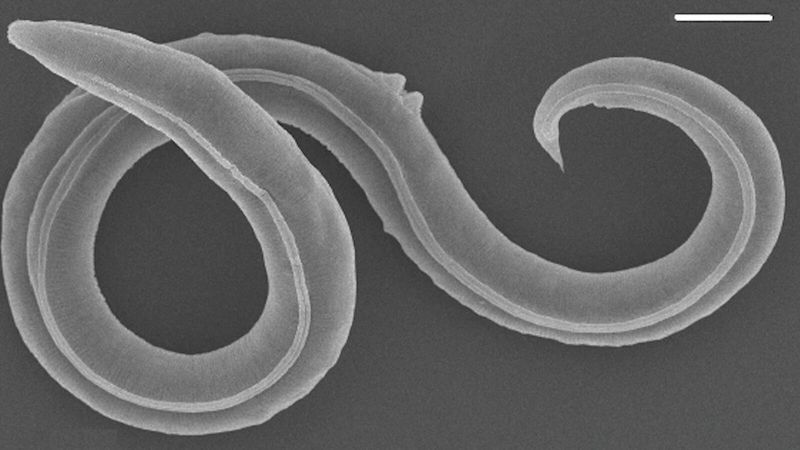
The secret to the worm’s survival lies in an extraordinary biological state known as cryptobiosis – literally meaning “hidden life.” When faced with extreme conditions, the worm essentially pressed its own pause button.
During cryptobiosis, the worm’s metabolism slowed to near-zero. Its cells produced special protective compounds that prevented damage from ice crystals and oxidative stress. Water inside the cells was replaced with a natural antifreeze.
The most fascinating part? The worm wasn’t technically dead or alive during these 46,000 years – it existed in a third state somewhere in between. Scientists compare it to a computer in sleep mode, using minimal power but ready to restart when conditions improve.
Cryptobiosis Allows Organisms To Pause Life Functions For Survival
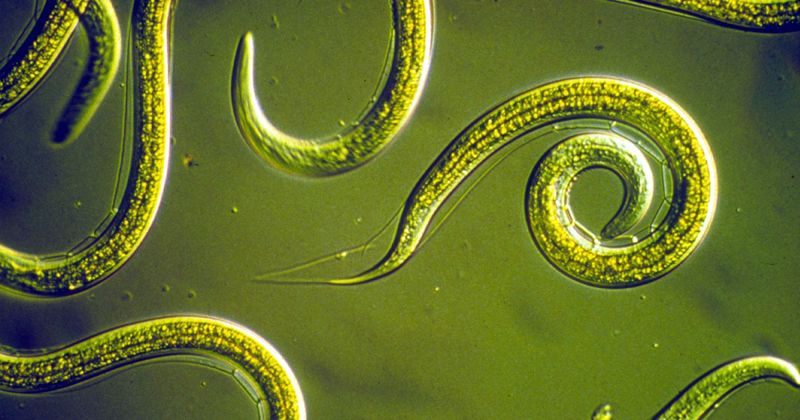
Cryptobiosis is nature’s ultimate survival trick. When environmental conditions become too harsh – extreme cold, drought, or lack of oxygen – certain organisms can temporarily shut down their bodily functions without dying.
Many creatures use this superpower in different ways. Tardigrades (water bears) can survive in space, certain frogs can freeze solid for winter, and some seeds can remain viable for centuries. The process involves replacing water with sugars and proteins that protect cells.
For our ancient worm, cryptobiosis was like pressing a pause button for 46,000 years! The worm produced special molecules that preserved its DNA and cellular structures, preventing the damage that would normally occur over time. When conditions improved, it simply “unpaused” and resumed living.
This May Be The Longest A Multicellular Animal Has Ever Been Frozen
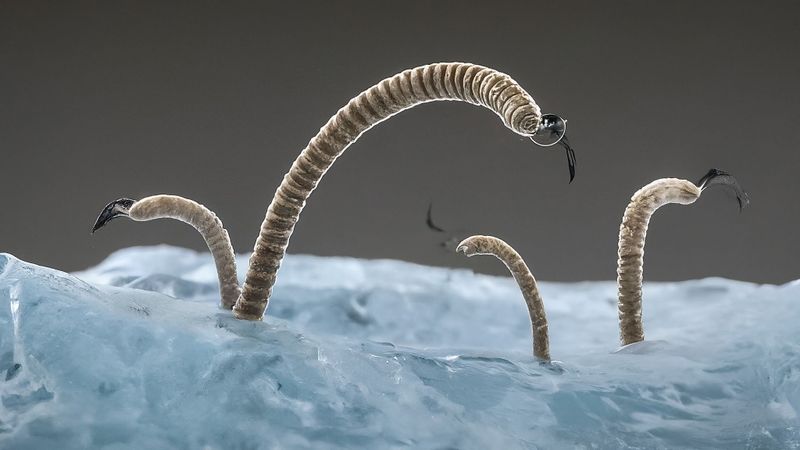
Breaking all previous records, this worm’s 46,000-year slumber represents what might be the longest documented case of survival for any complex animal. Previous record holders measured their suspended animation in decades or centuries, not millennia!
The discovery challenges what we thought possible about life’s endurance. Simple bacteria have been revived from ancient ice before, but complex animals with multiple cell types were thought to have much shorter survival limits.
What makes this find extra special is that we can actually observe the living animal. Unlike studying ancient DNA or fossils, scientists can watch this Ice Age survivor move, eat, and potentially even reproduce – a living window into Earth’s distant past.
The Discovery Raises New Questions About Life And Longevity

How long can life really pause? The worm’s survival forces scientists to reconsider fundamental questions about aging and death. If biological processes can truly stop, does aging stop too?
Researchers are now investigating whether the worm aged at all during its frozen state. Early evidence suggests its cells show remarkably little damage despite the passage of 46 millennia. This contradicts our understanding of how DNA and proteins degrade over time.
The implications extend beyond this single worm. If life can be paused for tens of thousands of years, could it potentially be paused indefinitely under the right conditions? The discovery opens philosophical debates about the nature of life itself and whether true biological immortality might be theoretically possible.
Researchers Say The Worm’s Survival Could Help Advance Medicine

The medical world is buzzing with excitement over this ancient survivor! The worm’s cellular preservation techniques could revolutionize how we store tissues and organs for transplants. Currently, donated organs remain viable for only hours, but what if we could extend that to days or weeks?
Cancer treatment might benefit too. Researchers are studying how the worm’s cells protected their DNA from damage over such an extreme timespan. These mechanisms could inspire new ways to shield healthy cells during radiation therapy.
Perhaps most exciting are the implications for space travel. Long-duration missions to Mars or beyond might someday use similar suspended animation techniques to protect astronauts during the journey, reducing the biological toll of extended space travel.
Understanding Cryptobiosis Could Lead To New Ways To Preserve Cells And Organs
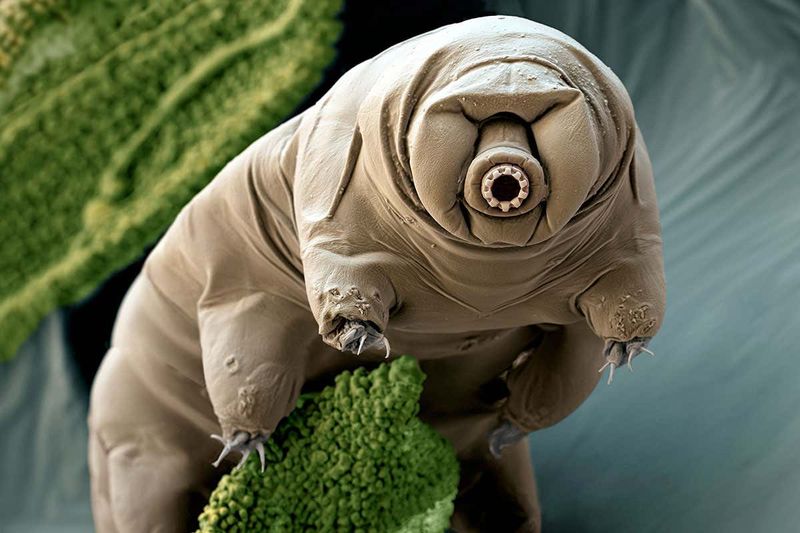
Imagine hospitals never worrying about organ shortages because donated hearts could be stored for months! The worm’s remarkable preservation abilities are inspiring revolutionary approaches to medical storage problems.
Scientists are already identifying the special proteins and sugar compounds that protected the worm’s cells. These natural “antifreeze” molecules prevent damaging ice crystals from forming inside tissues – a major hurdle in current cryopreservation.
Beyond organs, blood banks face constant supply challenges. Red blood cells currently last only 42 days refrigerated, but worm-inspired preservation techniques might extend this dramatically. The same principles could transform how we store vaccines in regions without reliable refrigeration, potentially saving millions of lives in developing countries.
The Study Also Offers Insight Into How Life Might Survive On Other Planets

Could alien life forms be hibernating on Mars right now? The ancient worm’s survival has NASA scientists reconsidering how and where to search for extraterrestrial life. If Earth organisms can survive 46,000 years frozen, similar species might endure the harsh conditions on other worlds.
Mars, with its permafrost-like subsurface ice, suddenly seems more promising for finding dormant life forms. Future missions might drill deep below the surface where conditions have remained stable for millions of years.
Even more intriguing is the possibility of panspermia – the hypothesis that life travels between planets on meteorites. If simple organisms can survive extreme cold, vacuum, and radiation while in cryptobiosis, they might endure interplanetary journeys, seeding life throughout our solar system.
Reviving This Worm Opens A New Chapter In Extreme Biology
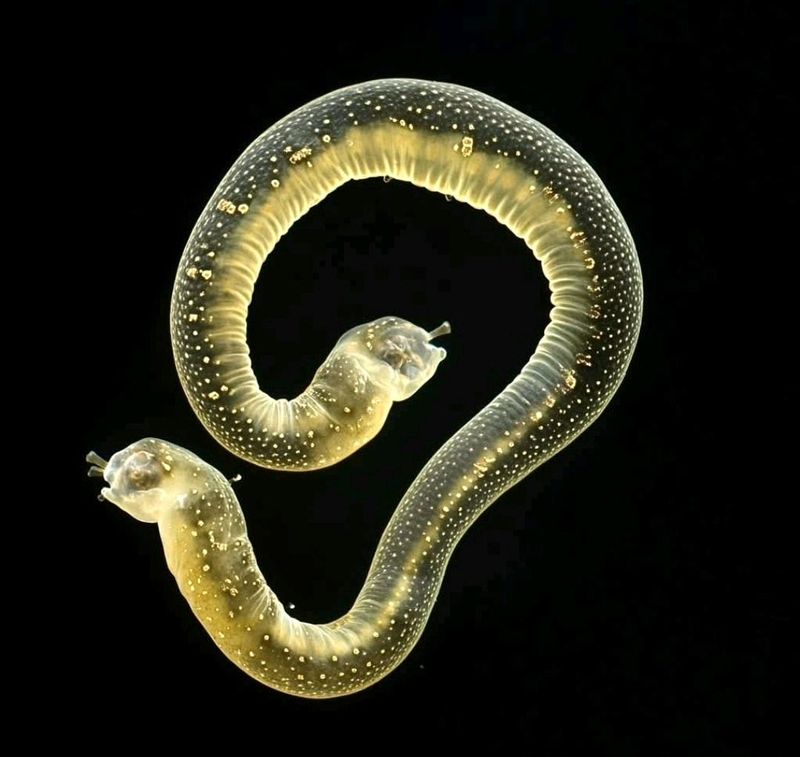
The frozen worm revival has created an entirely new field of study: paleocryobiology – the investigation of ancient organisms preserved in ice. Scientists worldwide are now racing to explore other permafrost samples, hoping to find more time travelers from Earth’s past.
Beyond the scientific applications, this discovery captures our imagination. The worm lived when Neanderthals still walked the Earth! It’s a living connection to our planet’s history, more direct than any fossil.
Perhaps most valuable is how this tiny creature challenges our understanding of life’s limits. Just when we think we know what’s possible, nature surprises us. This humble worm reminds us that life is far more resilient, adaptable, and mysterious than we ever imagined – and that many more discoveries await in the most unexpected places.






